Soof Embroidered Kurta Piece
₹9,070.00
- Material: Cotton
- Work: Soof Embroidery
- Size: 250×110 cm
- Wash Care: Dry Clean Only
- Colour: Yellow
- Delivery: 5-7 Working Days
- Disclaimer: This product is 100% handmade. Slight imperfections in handmade products are normal and the final product color may vary slightly.
Description
About Artisan: Hailing from a family of traditional Kutchi embroiderers, Dayaben B, Dohat started her training in Suf embroidery at the age of 10 from her mother. Encouraged by her husband, Dayaben used her fine craftsmanship and designing skills to convert her domestic craft tradition into a successful enterprise employing over 200 women. A National Awardee, Dayaben has created a number of saris, tablecloths, cushion covers & wall hangings. A close look at her creations shows her mastery over her fine and intricate craft. She has worked with designers like Ms Ritu Kumar, and has been invited to exhibitions and design institutes to demonstrate her craft.
About Craft: In craft history, Suf is explained as one of the most imaginative embroidery techniques, as no sketches or motifs are ever drawn on cloth. Broadly there are 7 types of embroideries done in Kutch ? Jat, Suf, Kharek, Rabari, Aahir, Pakko and Mutwa. Suf being the most fascinating style comes from the region of Megwar, Rajput & Sodha. The designs are largely geometric patterns developed using satin stitch from the reverse side of the fabric. However, the most fascinating thing about Suf embroidery is that there is only one single stitch that has been worked up to formulate a whole set of design and embroidered pattern. The literal meaning of word Suf is neat and clean, just like its literal meaning, the Suf embroidery is also symbolic of cleanliness and manifests neat work. Keen eyesight, knowledge of mathematics and geometry are a must to produce Suf work. Suf motifs include rhythmic patterns from the lives of artisans like peacocks, mandalas, etc.
Additional information
| Weight | 0.5 kg |
|---|---|
| Dimensions | 32 × 25 × 5 cm |
Only logged in customers who have purchased this product may leave a review.

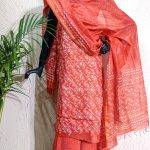
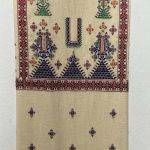
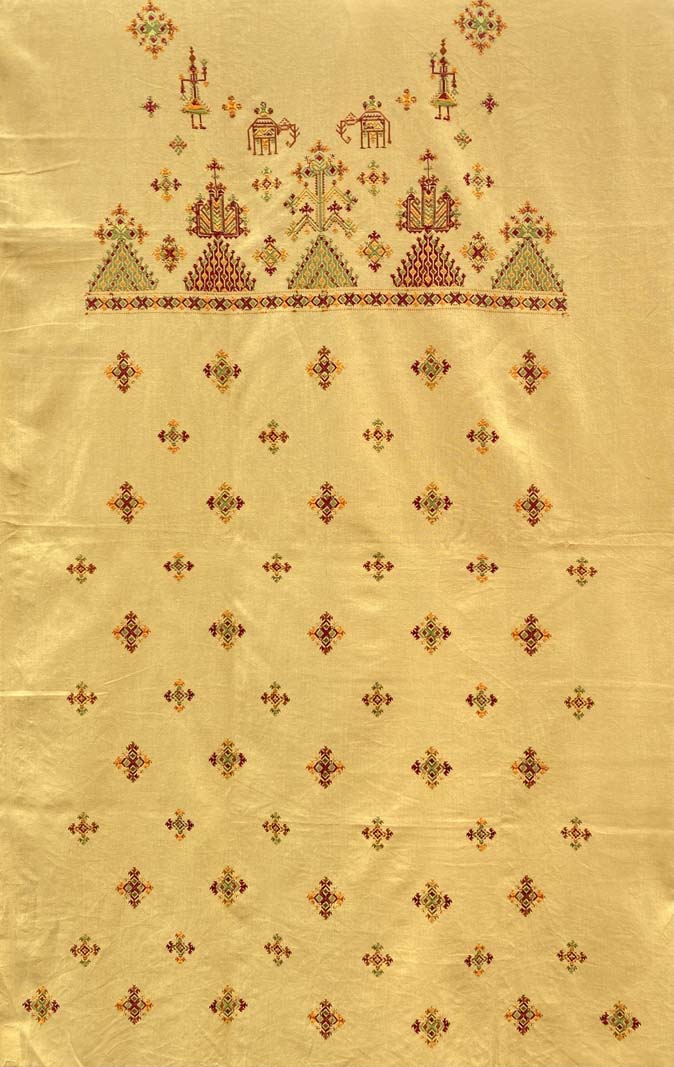
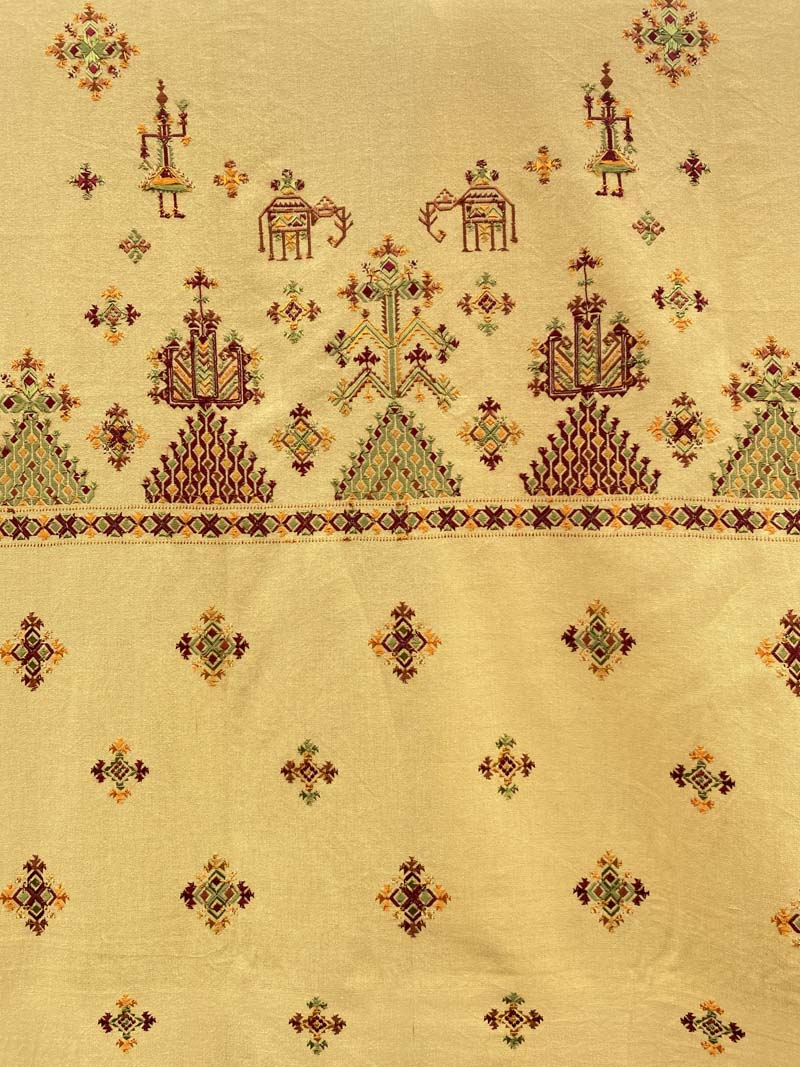
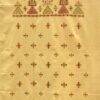
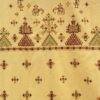
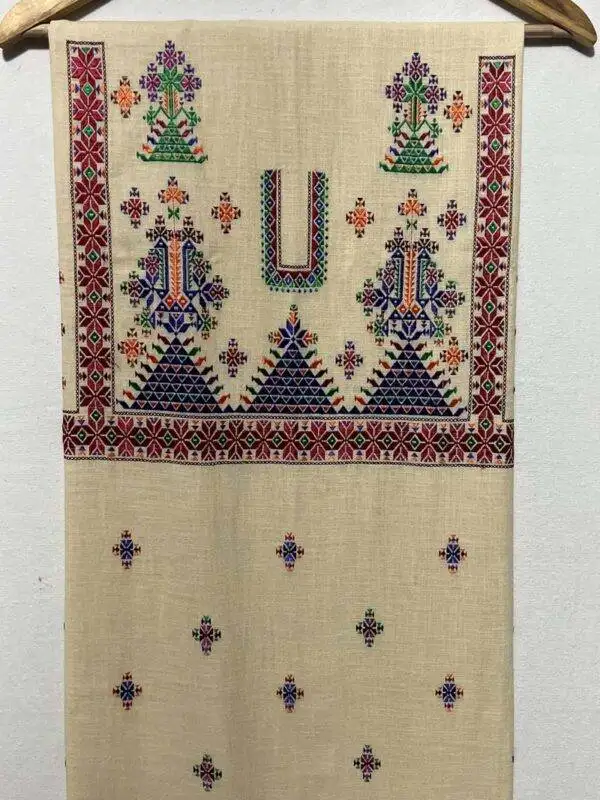



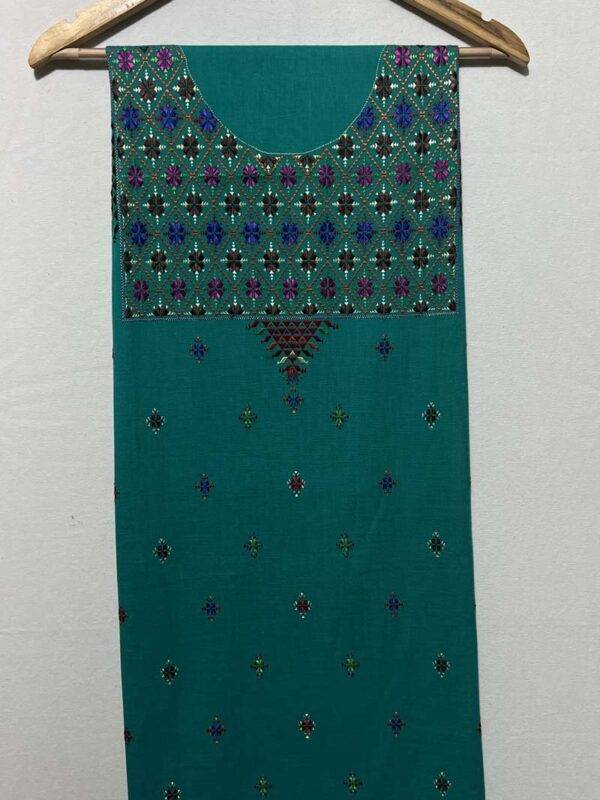
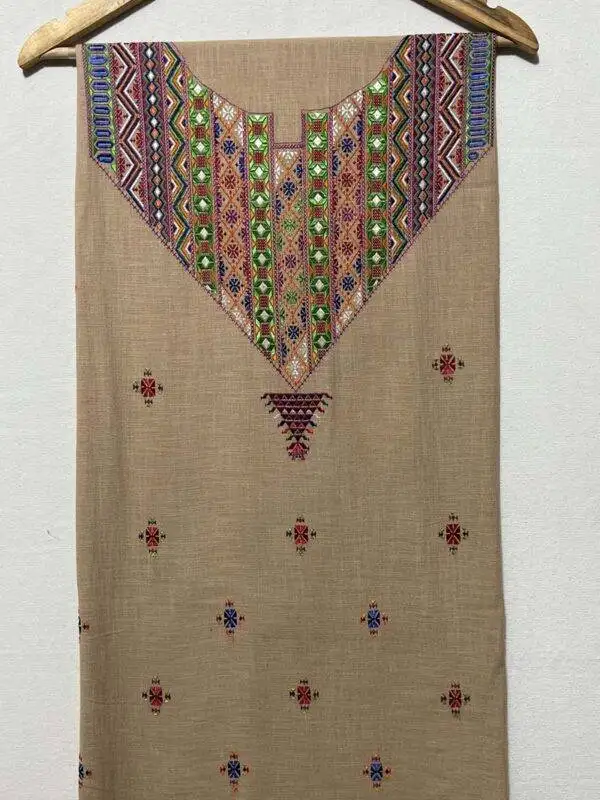








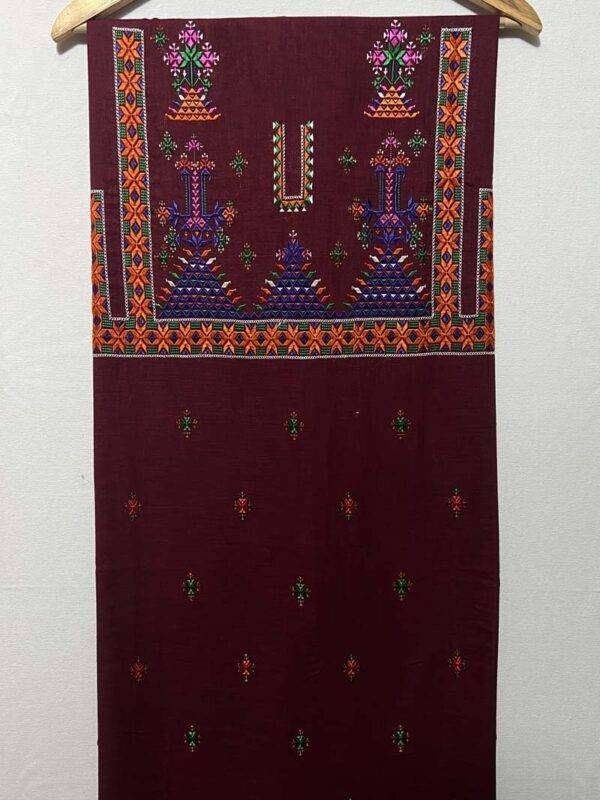
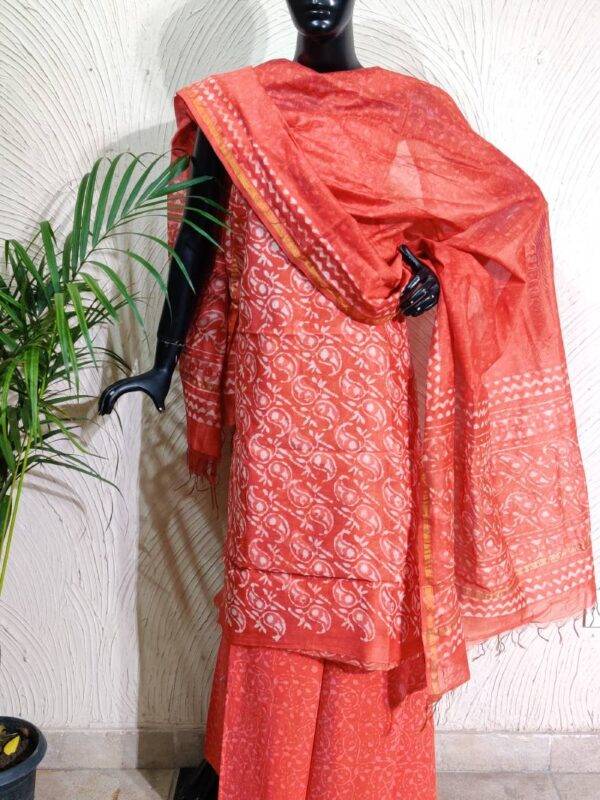






Reviews
There are no reviews yet.